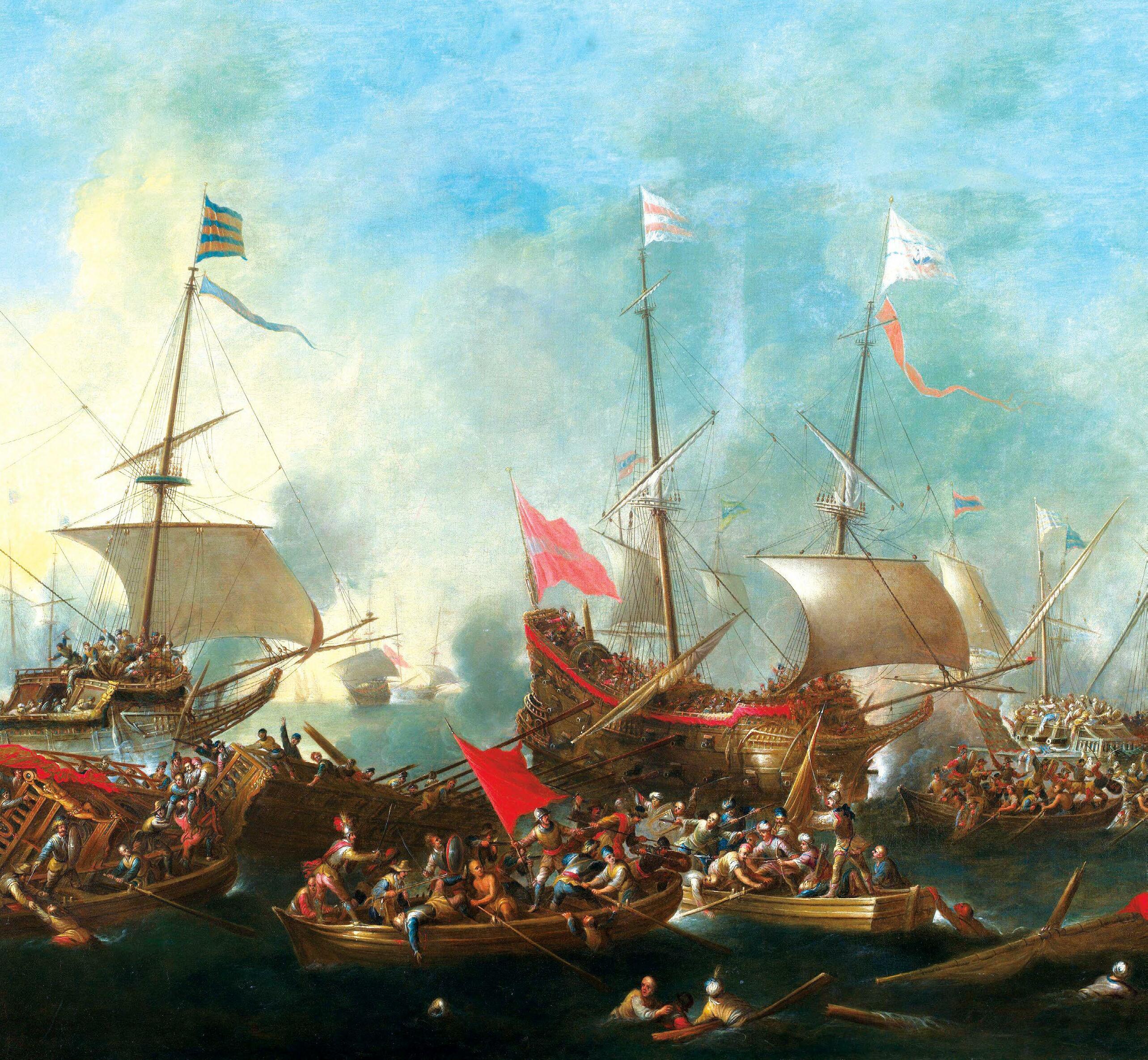
The year 1492 was significant for many reasons. It was the date upon which Granada was taken as part of the Spanish Reconquista of lands occupied by the Muslims for centuries, and it was also the date Christopher Columbus set sail for the East Indies. Although the two events seem unconnected, they both had an effect on the future of the Barbary pirates.
Having been forced out of mainland Europe, the Muslims in North Africa had reason to fear an invasion, but the major states of Europe were preoccupied with their own arguments and with the exploitation of the New World. Repeated expeditions captured ports and established footholds on the coast of North Africa, but there was no concerted effort to push into the continent and drive out the Muslims. As a result the Barbary pirates were free to continue their predations in the Mediterranean.
هذه القصة مأخوذة من طبعة Issue 141 من History of War.
ابدأ النسخة التجريبية المجانية من Magzter GOLD لمدة 7 أيام للوصول إلى آلاف القصص المتميزة المنسقة وأكثر من 9,000 مجلة وصحيفة.
بالفعل مشترك ? تسجيل الدخول

هذه القصة مأخوذة من طبعة Issue 141 من History of War.
ابدأ النسخة التجريبية المجانية من Magzter GOLD لمدة 7 أيام للوصول إلى آلاف القصص المتميزة المنسقة وأكثر من 9,000 مجلة وصحيفة.
بالفعل مشترك? تسجيل الدخول
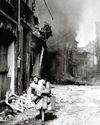
THE RUHR POCKET
The world's largest industrial complex, the Ruhr was where Nazi Germany's war machine was forged. If the Allies could capture it the conflict in Europe would effectively be over
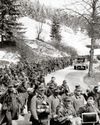
HITLER'S 'ALPINE FORTRESS
With the Rhine crossed and the Ruhr taken, Allied Supreme Commander Dwight D Eisenhower had to decide what came next. His orders would help shape the fate of Europe for decades to come

BLUNTING THE SULTAN'S SPEAR
During his 1532 invasion, Suleiman the Magnificent faced a seemingly simple obstacle in the small fortress of Koszeg, Hungary. What ensued was a bloody struggle between Ottoman firepower and imperial grit
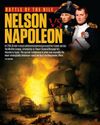
BATTLE OF THE NILE NELSON vs NAPOLEON
In 1798, Britain's most celebrated admiral pursued the French across the Mediterranean, attempting to thwart General Bonaparte's mission to Egypt. The pursuit culminated in what was arguably the most strategically important naval battle of the Napoleonic Wars
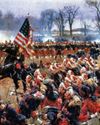
FREDERICKSBURG
The Confederate invasion of the north had been repulsed in Maryland by the Army of the Potomac. President Abraham Lincoln now urged his military to seize the initiative and crush the Confederates in the east and capture their capital Richmond. It would culminate in another catastrophic defeat
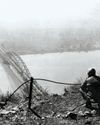
REMAGEN GATEWAY TO THE REICH
On 7 March 1945 the Ludendorff Bridge over the Rhine at Remagen was still standing - capturing it intact was vital to the Allied advance into Nazi Germany
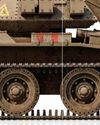
A13 MK III CRUISER COVENANTER TANK
Plagued with mechanical issues, the Covenanter was envisioned as an improved cruiser design but never deployed for overseas service
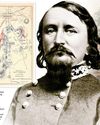
INSIDE PICKETT'S CHARGE
On 3 July 1863 a Confederate regiment – the 19th Virginia Infantry – marched into the jaws of Hell in one of the most infamous events in American military history

Heroes of the Victoria Cross: MILTON FOWLER GREGG
On 28 September, 1918, this Royal Canadian Regiment officer led his men through uncut barbed wire into enemy trenches
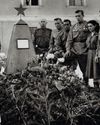
MARCH 1945
To commemorate 80 years since the Second World War, History of War will be taking a look at some of the key events taking place during each month of the conflict
